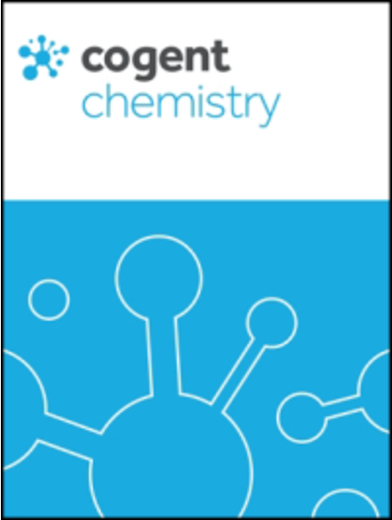Determination of the level of hexavalent, trivalent, and total chromium in the discharged effluent of Bahir Dar tannery using ICP-OES and UV–Visible spectrometry
引用次数: 19
Abstract
Abstract Tanneries that employ chrome tanning are indicted for discharging their effluents contaminated with health hazard chromium species necessitating monitoring their levels. The levels of chromium species (total chromium, hexavalent chromium, and trivalent chromium) in the discharged effluent of Bahir Dar tannery, Ethiopia, were determined using the inductively coupled plasma optical emission spectrometry, ultra-violet spectrometry and by difference, respectively. The level of total chromium in the discharged tannery effluent sample collected before and after treatment was 82.40 ± 0.20 ppm and 2.96 ± 0.06 ppm, respectively showing that the total chromium concentration in the tannery waste discharged directly to the Blue Nile river water system is above the national permitted limit (2 ppm). Moreover, the concentration of the carcinogenic chromium species (hexavalent chromium) detected in the tannery effluent sample collected before and after treatment was 0.18 ± 0.01 and 0.08 ± 0.002 ppm, respectively indicating that the discharged tannery effluent adds the carcinogenic chromium species to the Blue Nile River in a level above the recommended level by WHO guidelines. The result necessitates the assessment of the level of chromium species in the discharged effluent of all the tanneries in the country.使用ICP-OES和紫外-可见光谱法测定巴希尔达尔制革厂排放废水中的六价、三价和总铬含量
摘要采用铬鞣的制革厂被指控排放被健康危害铬物质污染的废水,需要监测其水平。分别采用电感耦合等离子体发射光谱法、紫外光谱法和差分法测定了埃塞俄比亚巴希尔达尔制革厂排放废水中铬的含量(总铬、六价铬和三价铬)。处理前和处理后收集的制革厂废水排放样品中的总铬含量分别为82.40±0.20 ppm和2.96±0.06 ppm,表明直接排放到青尼罗河水系的制革厂废物中总铬浓度高于国家允许限值(2 ppm)。此外,在处理前后采集的制革厂废水样品中检测到的致癌铬物种(六价铬)浓度分别为0.18±0.01和0.08±0.002ppm,表明排放的制革厂污水向青尼罗河添加了致癌铬物种,其水平高于世界卫生组织指南的建议水平。这一结果需要对该国所有制革厂排放的废水中的铬含量进行评估。
本文章由计算机程序翻译,如有差异,请以英文原文为准。
求助全文
约1分钟内获得全文
求助全文

 求助内容:
求助内容: 应助结果提醒方式:
应助结果提醒方式:


